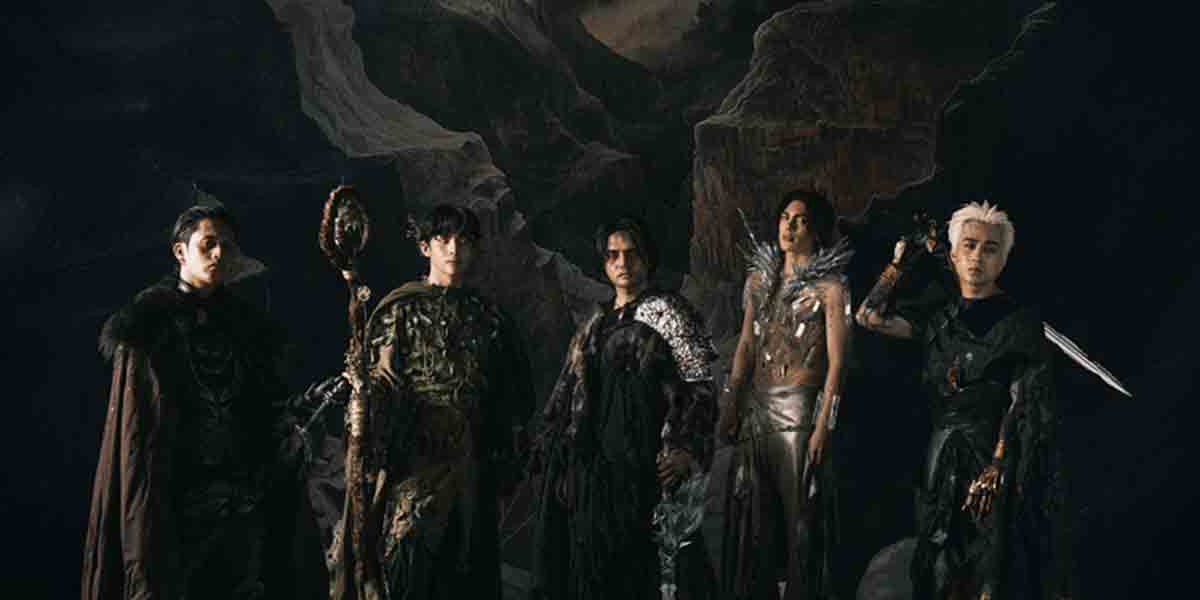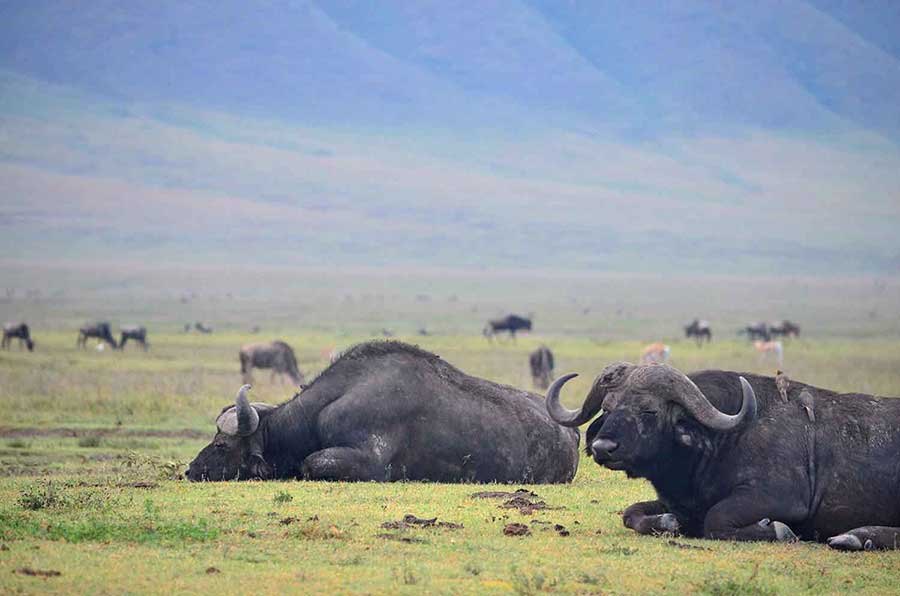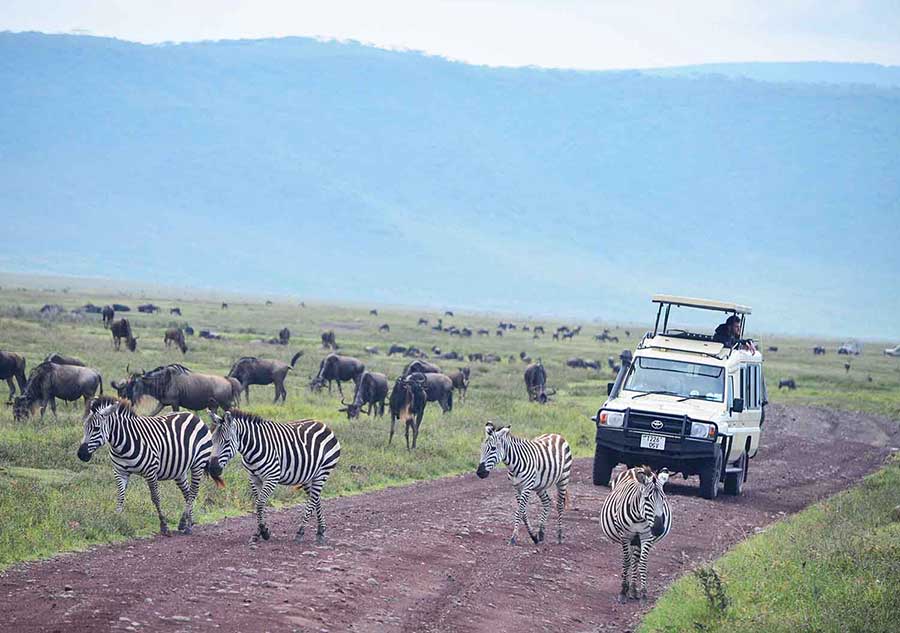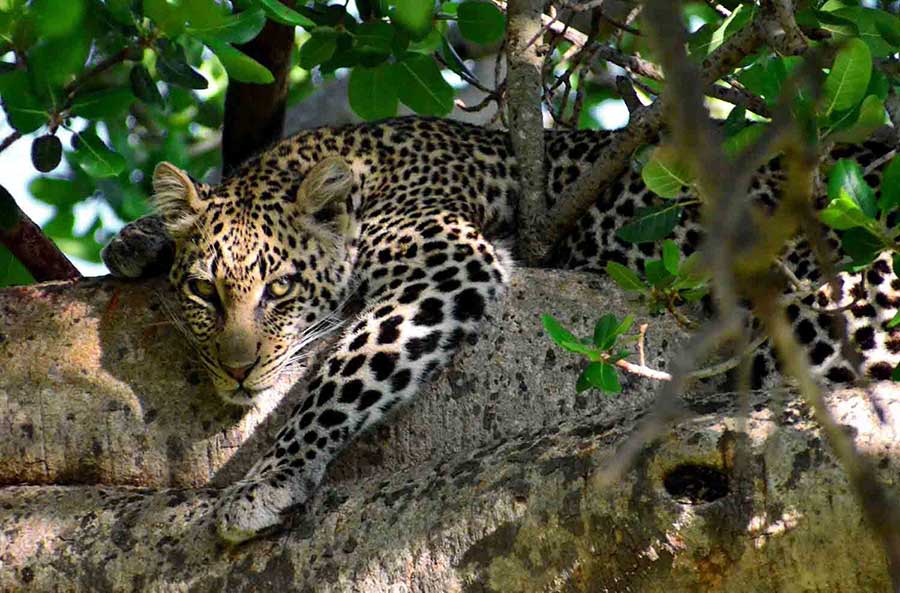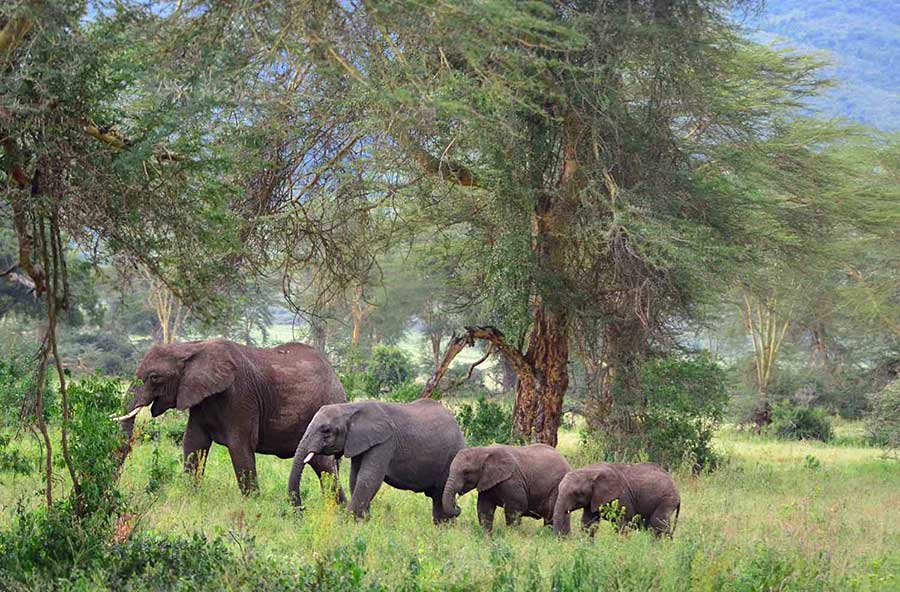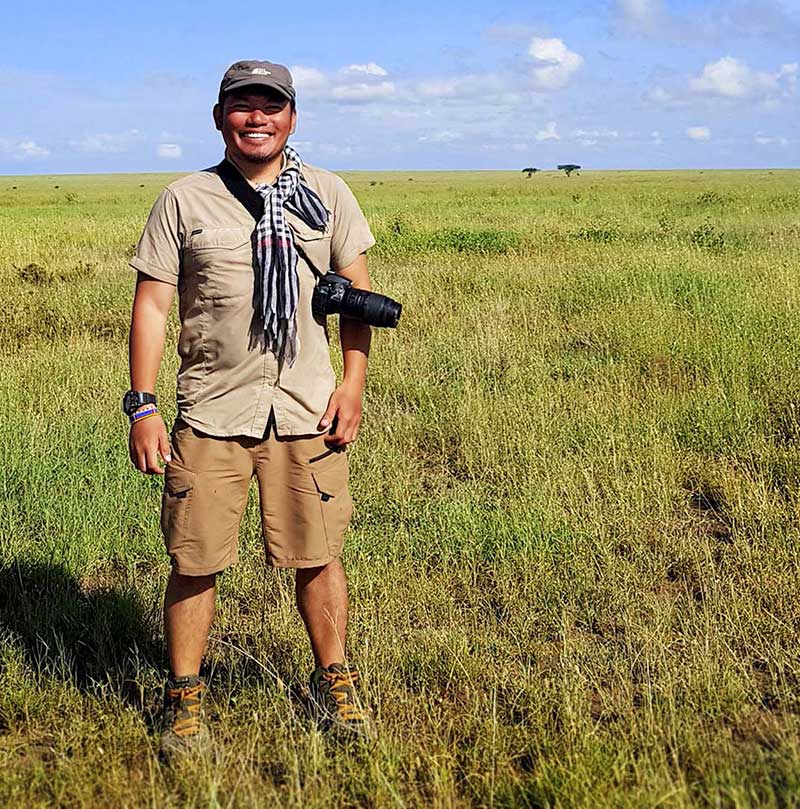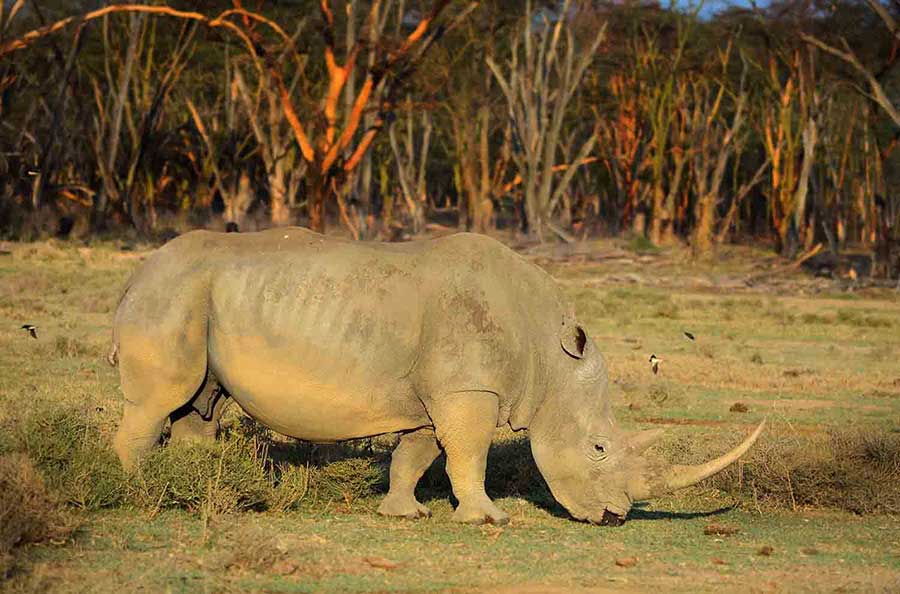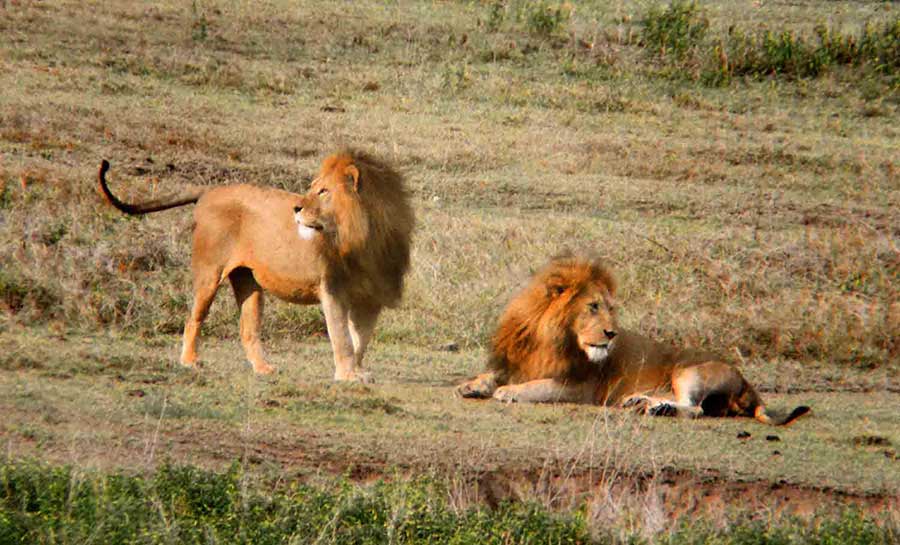By Gregg Yan
Surrounded by a sea of wildlife, we eye the horizon for giants.
Our open-topped Land Rover stops by the banks of Lake Magadi inside Tanzania’s famed Ngorongoro Crater. Pronounced ‘en-goro-engoro’, the 12-mile wide caldera is a solid contender for the greatest wildlife destination on Earth.
With our motley array of cameras, we have vowed to photograph – blurry or not – Africa’s Big Five. Coined by trophy hunters during the Victorian era, the Big Five are supposedly the deadliest animals in Africa – the lion, leopard, elephant, rhinoceros and Cape buffalo (no question about the last one). Though hunting is still allowed in parts of the continent, most visitors will only ever shoot with shutters, not triggers.
Soon after descending down the crater, we encountered prowling lions, stately elephants and inscrutable, mud-encrusted Cape buffalo.
As our Rover lurches to a halt, I clutch my lucky scarf to ward off dust and the late afternoon chill. Ngorongoro stands at an altitude of 6000 feet – as tall as many Philippine mountains. Its foreboding crater walls rise another 2000 feet in all directions, hemming in almost 30,000 large animals – from crafty packs of hyena to skittish herds of antelope.
Unlike the sprawling Serengeti Park where animals move back and forth to chase the rain, Ngorongoro’s wildlife have lived contentedly inside the caldera for millions of years. “The animals can actually climb up those slopes, but with ample supplies of grass and water, why would they leave?” explains Ray Shirima of Top Climbers Expeditions, an outfitter which also guided us to the summit of Africa’s highest mountain, snowcapped Kilimanjaro.
This afternoon’s quarry is the black rhinoceros (Diceros bicornis), rarest of the Big Five. A potent blend of outdated beliefs and human greed caused the global population of these horned giants to plummet by 98% from 1960 to 1995. Almost 9000 African rhinos were killed for their horns from 2006 to 2015 alone, with Vietnam as the world’s top consumer.
Their horns – which can grow three feet or longer – are coveted as trophies and medicine. A 16th century Chinese pharmacist named Li Shizhen claimed that the horns, when ground as a tea, “Can cure hallucinations, carbuncles, headaches and possession by ogres and devils.”
In reality, rhinoceros horns are mostly made of keratin, so if you want all the benefits claimed by Li Shizhen, then just chew your fingernails.
Fortunately, anti-poaching drives and rigorous conservation have allowed black rhinoceros populations to recover from an all-time low of 2500 animals to almost 6000 heads today. The conservation organization where I started out, WWF, jumpstarted the global conservation movement by protecting black rhinos in 1961. My own organization, Best Alternatives, works to dent the rhino trade by pushing for environmentally-sound alternatives to wildlife products, such as keratin pills.
“Over there, beside the elands,” says Ray, pointing at a cluster of either very still buffalo or big rocks.
After a few moments, I finally discern two giants grazing alongside a herd of motionless buffalo. Black rhinos. Two of them, one with its tail up. Slowly, I raise my battered camera and snap blurry photos of the magnificent animals. The pictures – definitely not magazine-quality – are merely for proof, the moment forever seared into my memory.
The day’s mission accomplished, our Land Rover climbs the caldera rim en route to our campsite. The Savannah Gods have blessed us with four of the Big Five in one afternoon. Enough adventure for one day.
“Responsible tourism is the key to keeping our animals alive. If people keep visiting our national parks, then there will always be strong incentives to keep poachers away,” explains African wildlife guide Joseph Laiza.
That evening, the forest ringing our camp erupts with the symphony of life. Baritone elephant growls, haunting baboon barks and defiant lion roars meld seamlessly with human laughter. Wildlife pilgrims come to Africa’s Garden of Eden to see the uncensored spectacle of nature, to see how life was long before we started transforming our planet.
A last glance at the crater miles below and I retire for the night, praying that Ngorongoro and many of the planet’s wild places stay this way, forever.
















